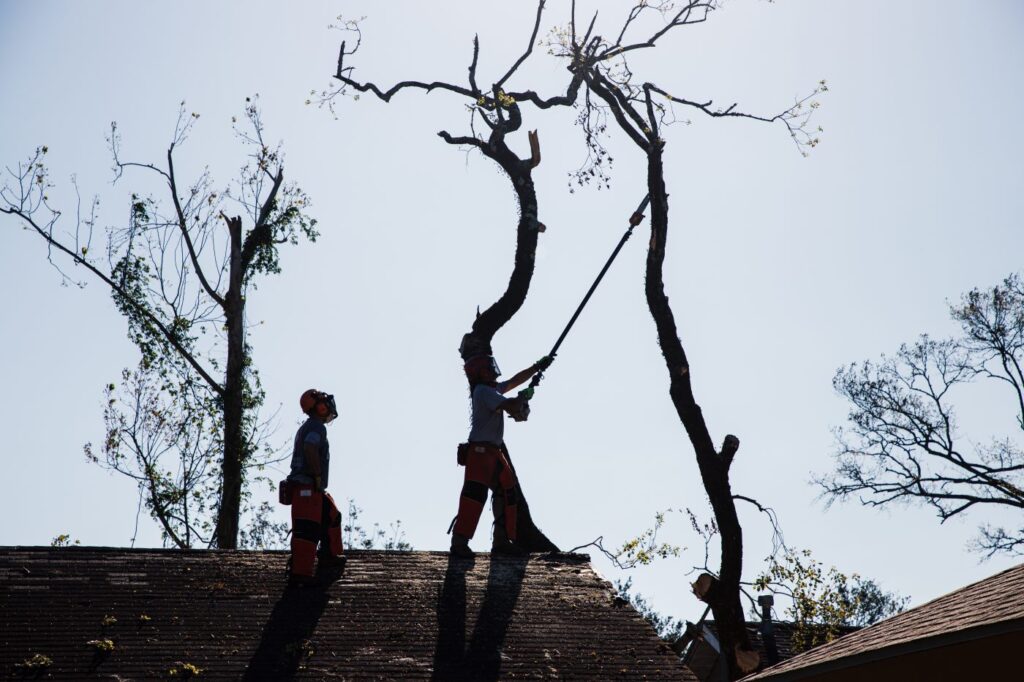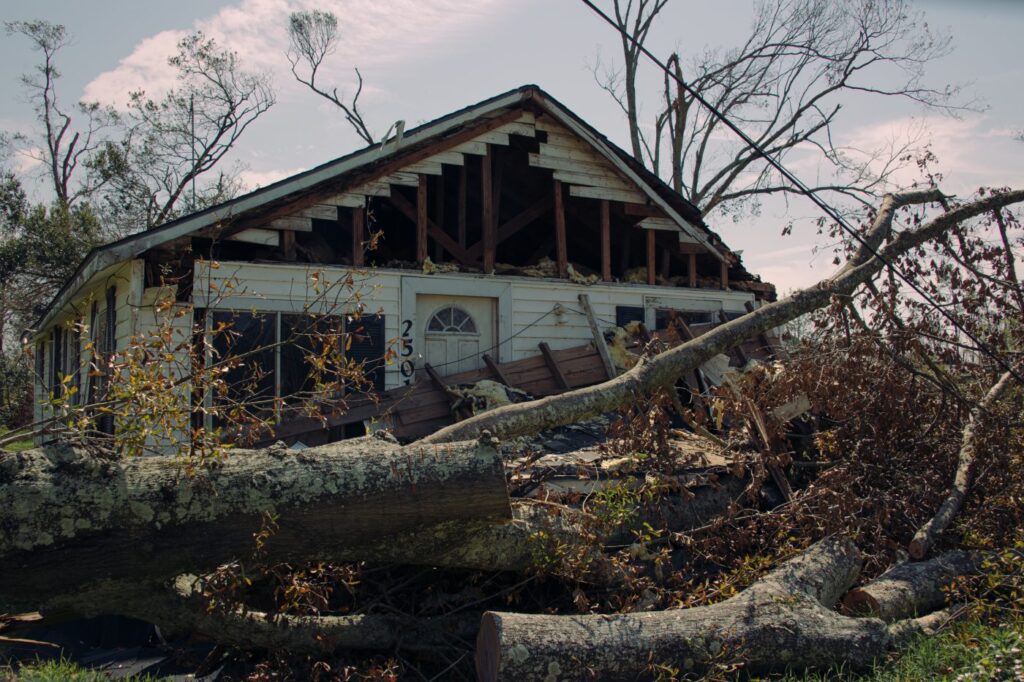Late on August 26, 2020, Hurricane Laura slammed into the Gulf Coast as a Category 4 storm killing 14 people, causing an estimated $27.2 billion in damages, and leaving 350,000 residents without power. Going into the disaster, most coverage focused on Laura’s terrifying 150 mph winds and the potential for an “unsurvivable” storm surge, yet most of the deaths came after the worst of the storm had passed. That’s because eight of the14 fatalities that night were due to carbon monoxide poisoning when people who had lost power during the storm used portable generators inside their homes. The following days saw 13 more fatalities from carbon monoxide poisoning, accidents that occurred during debris clean up, electrocutions, a housefire, and heat-related illnesses induced by a lack of air conditioning. In total, 27 people have died.
Experience from the field of emergency relief proves time and time again that “a disaster” is more than its precipitating natural phenomena, and that its dangers don’t cease after the incident has occurred. A human element exists in every emergency scenario and when it encounters the hazardous conditions that follow in the wake of a disaster, the results can be lethal. These fatalities are known as indirect deaths and they generally result from carbon monoxide poisoning, fires, electrocutions, and heart attacks. Indirect deaths can feel especially tragic because they often seem avoidable and the victims are typically just people trying to recover from a devastating event.

These tragedies account for an incredibly high percentage of disaster fatalities, too. According to the American Meteorological Society, a 2014 study found that 43% of fatalities caused by 16 hurricanes in the U.S. between 1985 and 2008 were due to indirect deaths. After particularly violent hurricane seasons in 2004 and 2005, the chairman of the Florida Medical Examiners Commission stated that, “The vast majority of fatalities in those storms are the indirect deaths that come after the storm…from people who have pre-existing conditions exacerbated by the stress or strain of the storm.” Indirect deaths tend to get overshadowed in the media and the general consciousness by the more dramatic aspects of a disaster, but their threat is very real.

Greyshirt sawyers remove a hazardous tree for a homeowner.
“Indirect deaths are invariably tied to the geographic, economic, and social conditions of the disaster-affected community,” explained Team Rubicon’s Senior Director of Program Development, Corey Eide. For example, rural populations with already poor access to infrastructure and healthcare tend to receive less urgent relief after a disaster than their counterparts in developed areas, which leaves them exposed to more secondary hazards for a longer period. And, when people are left without power for weeks, as has been the case in Louisiana’s Lake Charles area, it’s easy for heat-related illness and carbon monoxide poisonings to pile up.
For those in disaster’s path, preparing specifically for the threats that so often lead to indirect deaths during or after a disaster is nearly impossible as they are so ubiquitous and intertwined with our daily lives. What people can do, however, is build awareness of the hazards that exist or could exist, and develop safe behaviors for any disaster scenario.
These are some of the most frequent causes of indirect death during a disaster—and how best to avoid them:
Power Outage–Electric Generators
According to the Consumer Product Safety Report, in 2017, 67 deaths occurred because of carbon monoxide poisoning from portable electric generators.
To avoid this, portable electric generators should never be used inside a house, garage, crawlspace or anywhere near an enclosed area–all of which will expose occupants to carbon monoxide poisoning. Always follow the instructions that come with the generator and anyone who begins to feel sick, dizzy, or weak while using one should get to fresh air immediately.

A Greyshirt safely operating a portable electric generator.
Power Outages–Other Dangers
Never cook inside or heat a home with a portable grill, which can also lead to carbon monoxide poisonings and other crises.
Whenever possible, individuals should also have alternate plans for refrigerating medicines or using power-dependent medical devices.
Those without power who use candles to light a home should also keep them away from curtains, wall hangings, and other flammable materials.
And, everyone should have smoke and carbon monoxide detectors installed on every floor of the home. Checking these regularly will ensure they continue working during a disaster, even if the power goes out.
After-Disaster Hazards
In the days after Hurricane Laura, one young man was electrocuted while standing too close to downed power lines. Disaster sites can be littered with debris and hard to navigate, but every survivor should be on high alert for washed out roads, downed power lines, partially fallen trees or limbs, standing water, contaminated buildings, gas leaks, broken glass, and damaged electrical wiring created by a disaster—all health and safety issues to be reported to local authorities.

Laura left many homes a maze of deadly hazards.
Exposure to Extreme Heat
The CDC says that there is an average of 702 heat-related deaths in the U.S. each year. Many times, community sites will be converted into cooling centers, powered by generators, in the wake of a disaster. In addition to seeking these out, disaster survivors in hot areas should drink plenty of fluids and stay in the shade whenever possible.
Homes can also be cooled some using window reflectors such as aluminum foil-covered carboard.
Exposure to Extreme Cold
The Environmental Protection Agency estimates that 18,000 Americans have died from exposure to cold since 1979.
While it’s obviously best to limit time outside, one should wear multiple layers of warm clothing when they do go out, sometimes this can’t be avoided in a disaster. Those with heart disease or at risk for a heart attack should avoid strenuous work like shoveling snow.
Drivers in colder climates should keep an emergency kit in their car that includes some snacks, at least one blanket, extra cold weather gear and, ideally a shovel. If stranded in a car, stay inside whenever possible and crack the window slightly to avoid carbon monoxide poisoning when the car is running.
Routinely examine yourself and others for signs of hypothermia or frostbite.



